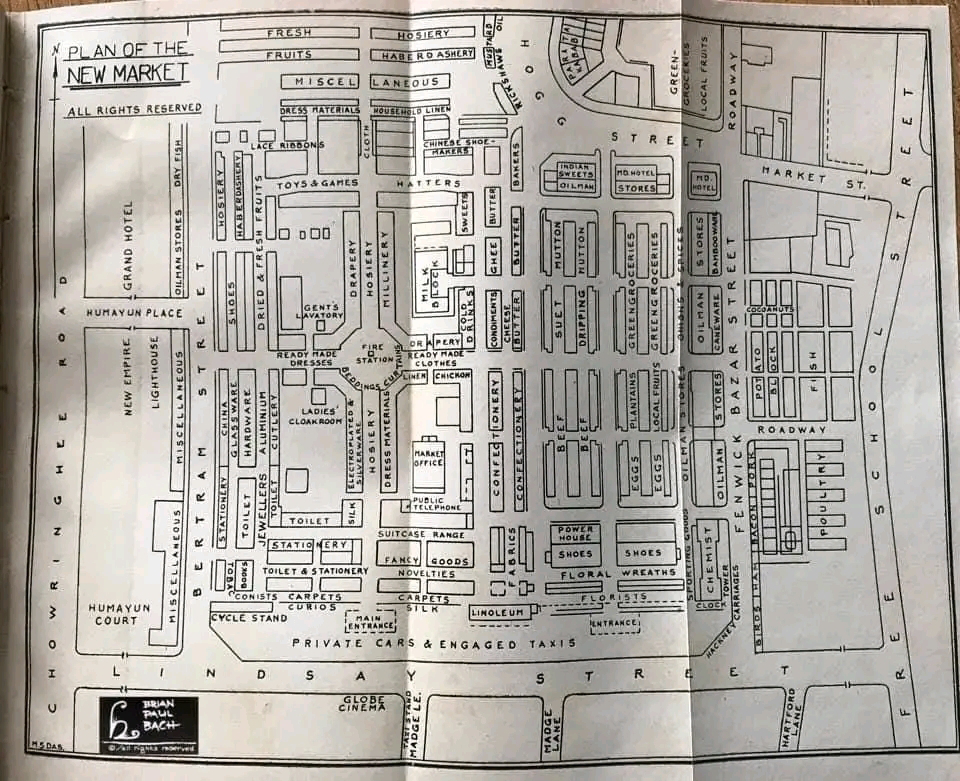Sweet Surrender
Bengal, the ‘sweet’ capital of India , excels in creative confectionaries. The generic name monda-mithai was given to Bengal sweets. While monda was khoya (milk solid) based, mithai used flour as the base material. Additional ingredients used were jiggery, coconut, puffed rice etc. The mention of Bengal sweets can be traced back to the medieval literature Mangal kavya . Today, the iconic Bengali ‘ mishti ’ is mostly based on chhana (curdled milk, cottage cheese) as opposed to the khoya used in other parts of India. Assorted flavors are added to chhana giving rise to a plethora of sweets each renowned for its distinctive taste, odor, shape, color and texture. It is believed that the art of chhana making was introduced by the Portuguese settlers . The six earliest sweet makers or moiras who left a permanent mark on the sweet canvas of Bengal were Paran Chandra Nag, Mahesh Chandra Dey, Nobin Chandra Das, Dwariknath Ghosh, Asutosh Sen and Ganguram Chaurasia. Bhim Chand...
